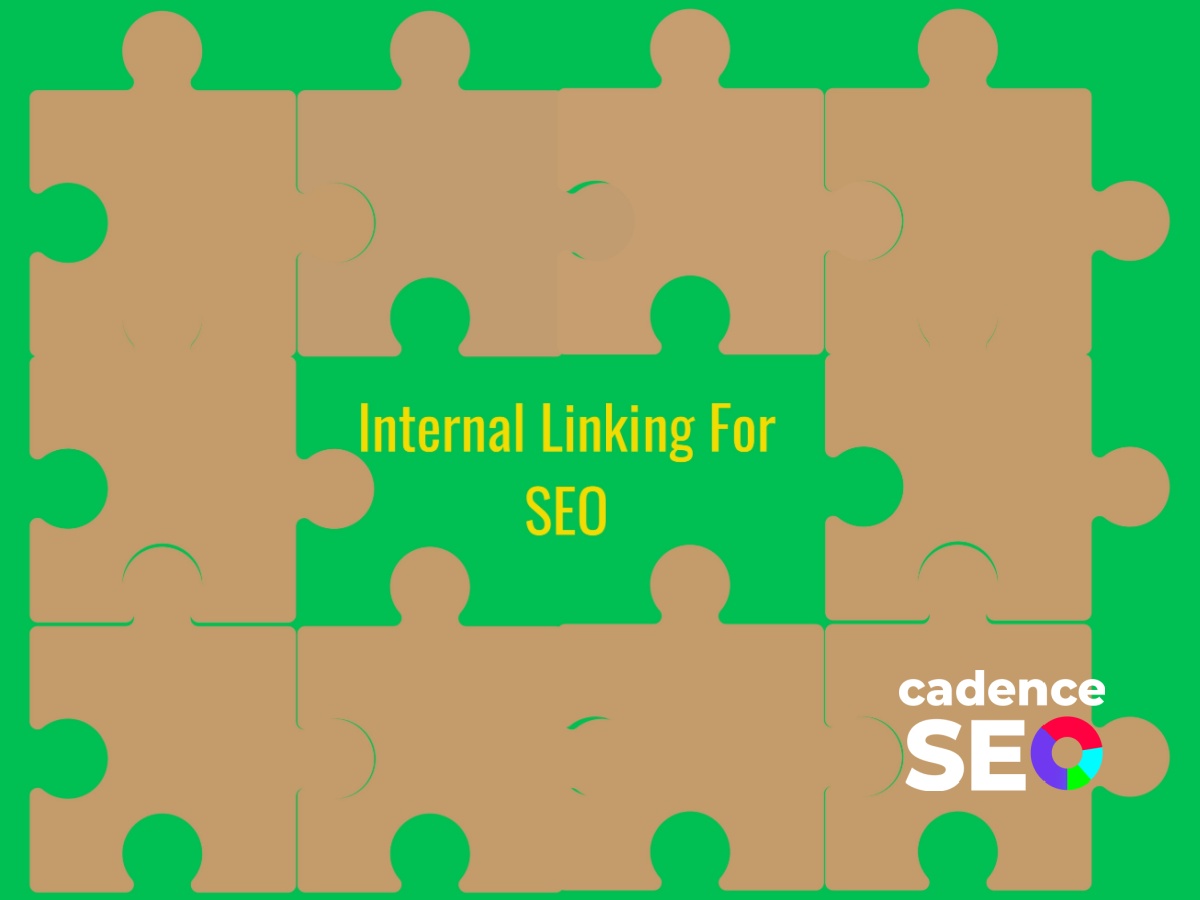Search engine optimization (SEO) is a vital practice for improving the visibility and ranking of a website in search engine results pages (SERPs). Among the various digital marketing strategies employed in SEO, internal linking is one of the most important yet often overlooked elements. Internal links are hyperlinks that point to other pages within the same domain. These links are essential to a website’s architecture, helping search engines and users navigate the content efficiently.
What are Internal Links?
Internal links connect one page of a website to a different page on the same website. (Did you catch an internal link in action just now?) They’re used primarily for navigational purposes, helping visitors find relevant information and improving their overall experience on the site. Unlike external links, which point to pages on other websites, internal links tie the site’s pages together, creating a structured and interconnected environment.
This type of linking is a key aspect of website design and content management, serving multiple functions both from a user experience and SEO perspective. They can be found in the main navigation, within the content as text links, in the footer or sidebars, and as part of an overall site map.
6 Benefits of Internal Linking for SEO
Improves User Experience
Effective internal linking significantly enhances the user experience by making information easy to find and navigate. A well-thought-out internal linking structure ensures that users spend more time engaged with your content, seamlessly transitioning between pages based on their interests and the relevant information provided. It not only satisfies the user’s quest for information but also increases the overall appeal and usability of your website.
Improves Site Navigation
Internal links guide users through your website, allowing them to navigate the pages effortlessly.
While an enterprise’s “About Us” information may live in a different section of the website than its products or services, internal links help tie them together in a harmonious network of cross-linked information. This enhanced navigation not only improves the user experience but also increases the likelihood of retaining visitors longer on your site, potentially leading to higher conversion rates.
Spreads Link Equity
Link equity, or “link juice,” is the SEO value passed from one page to another. Internal links distribute this link equity throughout the website, which helps improve the ranking potential of individual pages. By effectively using internal links, lesser-known pages can gain visibility and rank better in SERPs.
Enhances Page Authority
When more links point to a page, it signals to search engines that its content is valuable. Internal linking helps increase the page authority of linked pages, contributing to higher rankings. This strategy allows SEO efforts to be maximized by leveraging the existing authority of the website.
Increases Pageviews
Internal links encourage visitors to explore more pages on your site, thus increasing pageviews. More pageviews can lead to a lower bounce rate and higher engagement rates, which are positive signals to search engines about the quality and relevance of your website.
Improves Indexation
Internal linking structure helps search engines crawl a website more effectively. By providing clear paths to all pages and ensuring no page is isolated, internal linking facilitates better website indexing by search engine crawlers. This improved crawlability is essential for newly added pages or updates to be recognized and indexed quickly. When your site is easy to crawl, it increases your chances of ranking higher in SERPs!
Why is Internal Linking Essential for SEO?
The importance of internal linking for SEO cannot be overstated. It acts as the backbone of a website, ensuring that search engines and users can understand and navigate the content efficiently. Without a robust internal linking structure, even high-quality content may remain hidden from both search engines and potential readers.
Internal links provide context and a clear hierarchical setup, which are critical for search engines to understand the relationship between pages. They allow search engines to determine the relevance of pages, evaluate the site’s structure, and gather semantic information from the anchor texts used in links. This understanding contributes significantly to how content is ranked in search results.
Internal linking empowers website owners to guide visitors towards their most important pages. By strategically using anchor text and linking patterns, you can influence how visitors and search engines perceive the importance of certain pages. For instance, linking to a “Contact Us” page from multiple high-traffic pages can improve its visibility and ranking.
Internal links are a crucial component of SEO. They enhance user experience, elevate site navigation, distribute link equity, increase page authority, and improve indexing. A well-planned internal linking strategy can significantly impact a site’s SEO performance, driving more organic traffic and improving user engagement. It’s the gift that keeps on giving!
Develop an Internal Linking Strategy with CadenceSEO!
As a full-service digital marketing agency and consultancy, CadenceSEO has what it takes to create an effective internal linking strategy for your organization. Starting with an SEO audit of your site, we’ll get a lay of the land and discover how to optimize your site with internal links. Part of an internal linking strategy includes content creation around relevant topics for your target audience. With high-quality content enhanced with strategic internal linking, consumers will be poised to have a great user experience with your site. Our SEO experts are passionate about helping you improve your online presence. Contact us today to set up your free consultation!






